The Scaling Problem: How I helped a Franchise manage their growing business Case Study Service Industry, Gig-Ecomony, AI Automation, Design Thinking
This article details my interaction with an animal waste cleanup dispatch service. They are a franchise that provides efficient and reliable removal of animal waste from residential and commercial properties. Some specific details about this franchise will not be discuss as I want to maintain the privacy of the Client.
Introduction
As a franchise business grows, it faces unique challenges in managing its operations and maintaining customer satisfaction. Bottlenecks in processes, inefficiencies in design, and a lack of collaboration can hinder growth and lead to frustration among franchisees and customers. This case details my experience in helping a franchise overcome these challenges and achieve successful expansion. I will discuss how I identified the bottlenecks in their current processes and crafted a user-centric approach. This approach prioritized user experience in design, and fostered collaboration among franchisees, field technicians, and administrators.
By addressing concerns and listening to feedback, I could:
- Increase franchisee satisfaction and retention
- Improve operational efficiency
- Reduce costs
- Enhance customer experience
- Expand into new markets.

Identifying the bottlenecks: analyzing the franchise's growth challenges
As the franchise grew, it became apparent that its current processes were hindering its ability to scale and maintain customer satisfaction. One major challenge was the onboarding process for new franchises. It was inefficient and time-consuming, often taking several weeks or even months to complete. This not only delayed the franchisee's ability to start generating revenue but also created a strain on the franchisor's resources.
Another challenge was the lack of a consistent business process across the franchise. Each franchisee operated somewhat independently, leading to variations in customer experience and operational efficiency. This made it difficult for the franchisor to maintain quality control and make sure that all franchisees were meeting the brand's standards.
In addition, the franchisees themselves were feeling overwhelmed and frustrated by the complexity of the business. They were struggling to keep up with the demands of running their franchises and were looking for ways to streamline their operations and improve their efficiency.
Finally, the franchisor was concerned about the long-term viability of the franchise. If the challenges were not addressed, it was clear that the franchise would not be able to sustain its growth and could face stagnation or even decline.
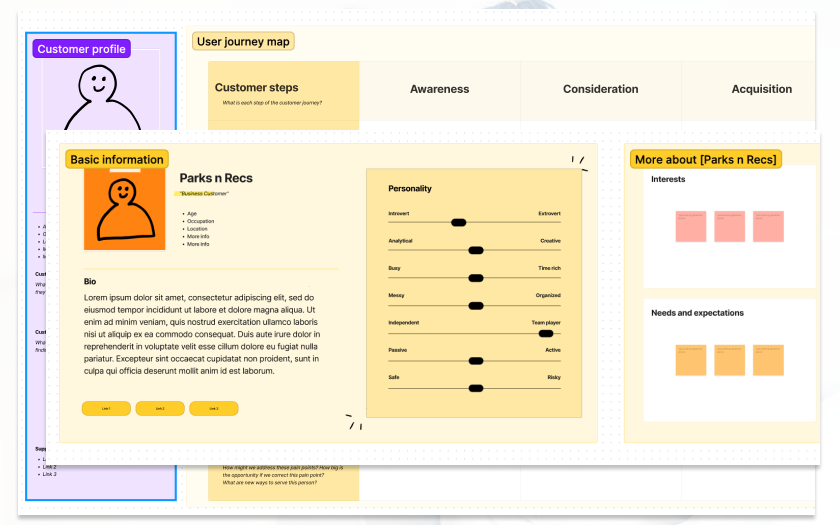
Crafting a user-centric approach: prioritizing user experience in design
To address the challenges faced by the franchise, a user-centric approach was adopted, with a strong emphasis on prioritizing user experience in design. This involved extensive user research to understand the needs and pain points of franchisees, field technicians, and administrators. User personas and scenarios were created to represent different user groups and their interactions with the system. Design thinking methodologies were employed to foster creativity and collaboration among stakeholders. The goal was to develop a system that was intuitive, easy to use, and met the specific requirements of each user group. A consistent and seamless user experience across various platforms and devices was prioritized to make sure that users could access the system conveniently and efficiently.
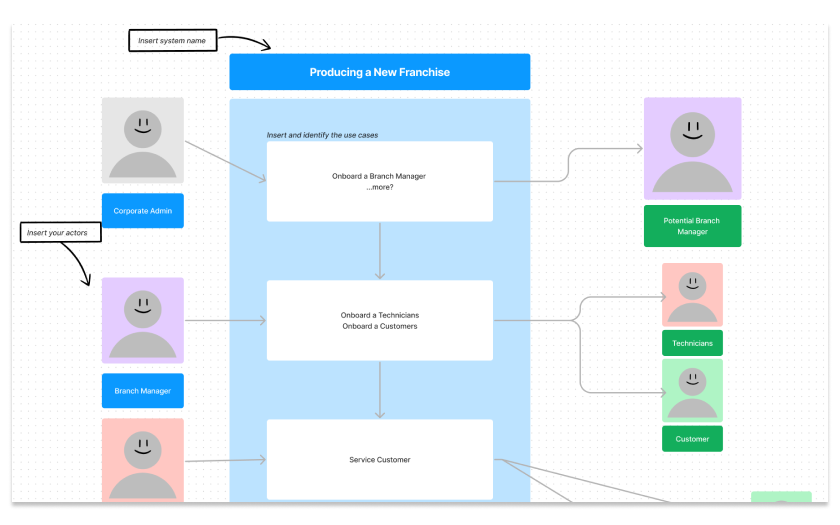
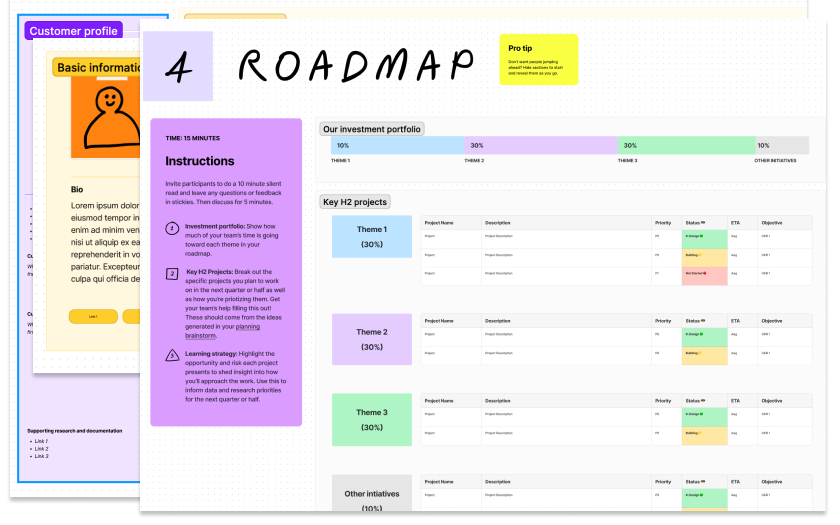
Fostering collaboration: engaging franchisees, field technicians, and administrators in the design process
Fostering a collaborative environment is crucial for the success of any project, and this was especially true in the case of this franchise. To make sure that the new system met the needs of all stakeholders, I engaged franchisees, field technicians, and administrators in the design process.
This was achieved through a series of workshops and brainstorming sessions, where stakeholders could share their ideas and concerns. A feedback mechanism was also established, allowing stakeholders to provide input on the design throughout the process. Regular updates were provided to keep everyone informed of the progress being made.
Empowering stakeholders to make decisions and contribute to the design was key to fostering collaboration. This was done by involving them in the decision-making process and giving them the opportunity to contribute their expertise. Creating a collaborative environment that encouraged open communication and idea sharing was also essential. This was achieved by establishing a culture of respect and trust, where everyone felt comfortable sharing their thoughts and ideas.
By fostering collaboration among franchisees, field technicians, and administrators, we were able to create a user-centric system that met the needs of all stakeholders.

Measuring success: evaluating the positive impact on the franchise and my consulting career
The new system resulted in a significant increase in franchisee satisfaction and retention. Franchisees were more satisfied with the overall system and felt that it made their jobs easier. This led to a decrease in franchisee turnover, which saved the franchisor time and money in recruitment and training costs.
Operational efficiency was also improved as a result of the new system. The streamlined onboarding process reduced the time it took to get new franchises up and running. Automation was used to generate all the needed data points for a new franchise.
The consistent business process ensured that all franchises were operating in a consistent and efficient manner. This led to reduced costs for the franchisor and improved customer service for the franchisee's customers.
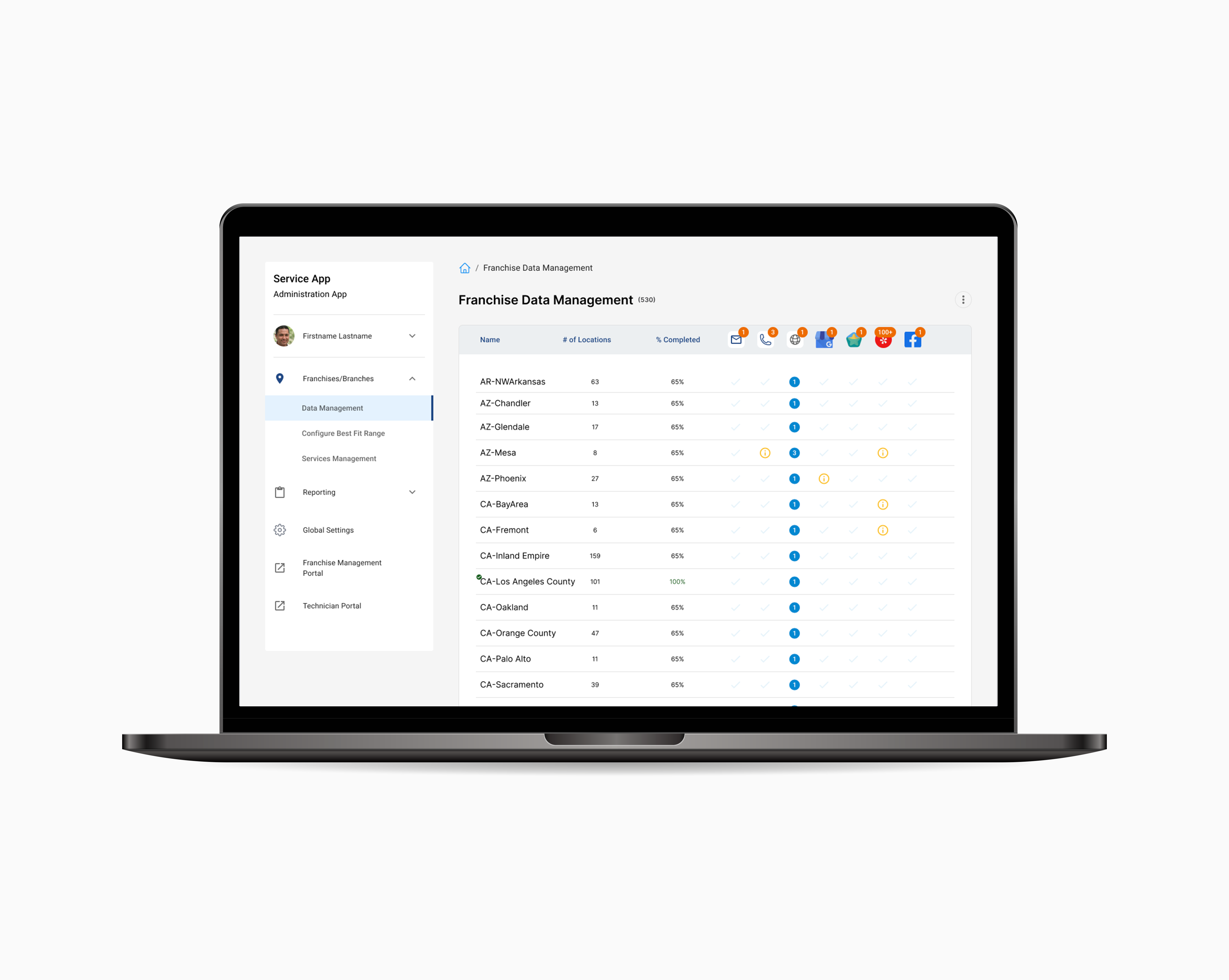
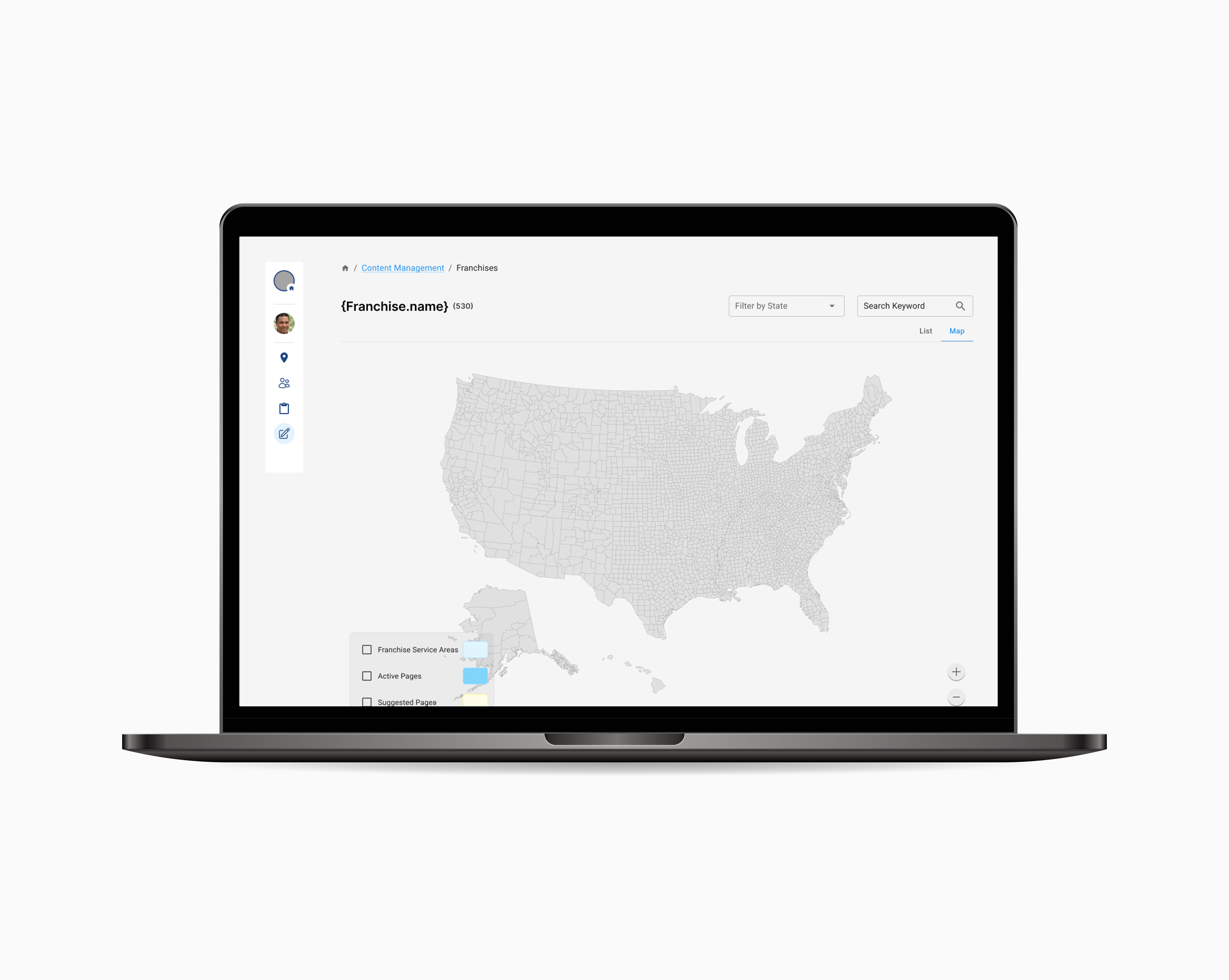
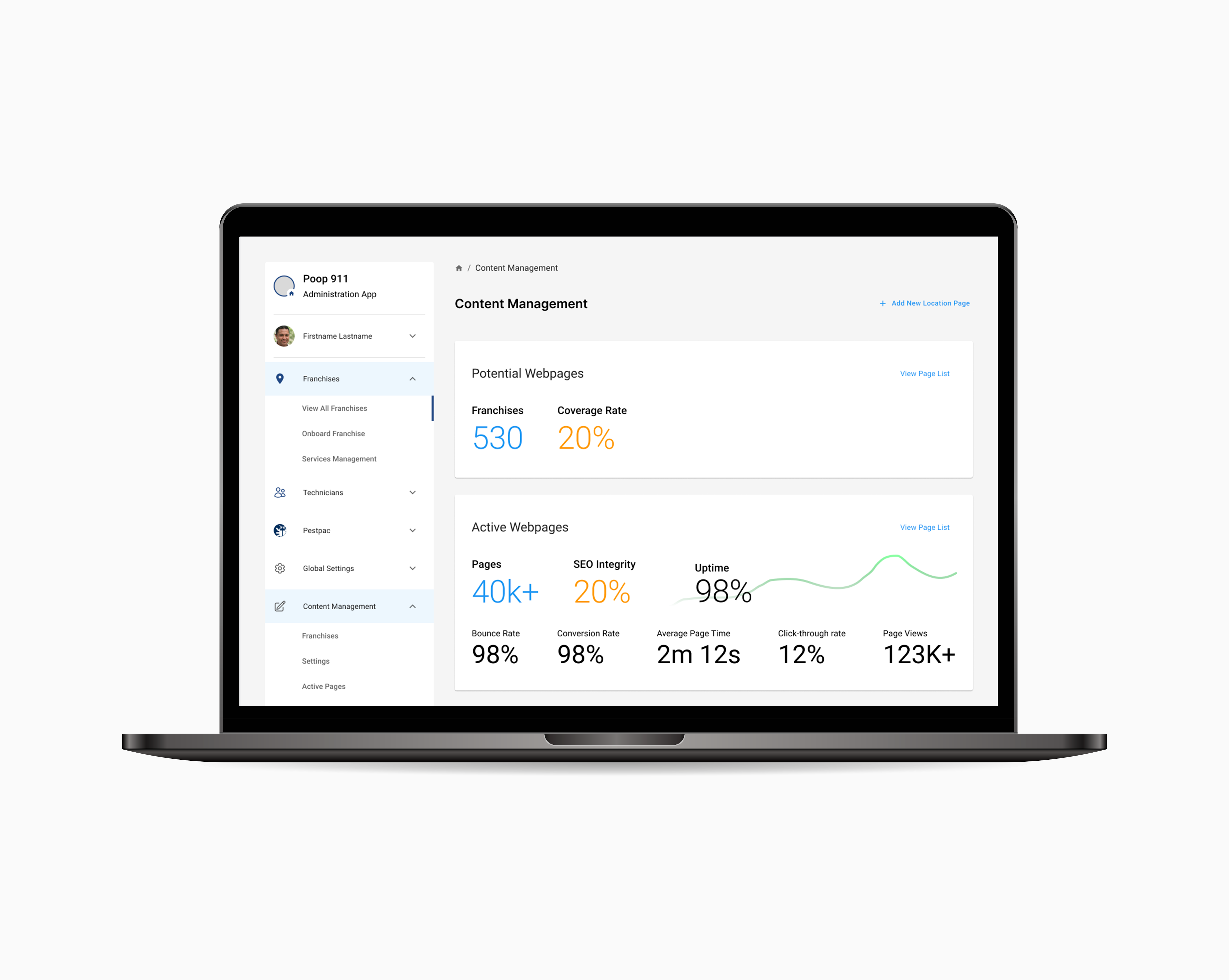
What does the future hold for this Franchise?
As they start to use the new system, feedback loops are in place to ensure streamlined innovation, and proper feature prioritization. Customer experience should also be enhanced as a result of the new system. Customers should be more satisfied with the level of service they received from the franchisees, and this will be reflected in the positive online reviews that the franchisees received. This should lead to increased revenue for the franchisees and a stronger brand reputation for the franchisor.
The successful expansion into new markets was also a result of the new system. Franchisees will be able to use the system to quickly and easily set up new franchises in new markets. Also, a consistent business process will make sure that these new franchises are successful.
In addition to the positive impact on the franchise, the work also had a positive impact on my User Experience Design career. The successful implementation of the new system led to recognition and accolades for my User Experience Design work. This has helped me establish myself as a thought leader in the field of user experience design and has led to increased demand for my services.
